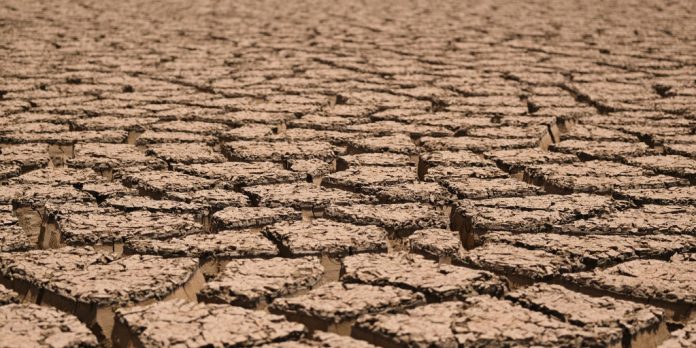In a joint letter to the UN Secretary General, the NRC joined more than 60 other NGOs in warning of a possible famine and calling for more support for the crisis.
Somalia’s worst drought in decades continues to worsen, despite increasing famine warnings and international attention elsewhere. Water and food shortages, as well as livestock and income losses, threaten the lives of nearly 4.5 million people.
Sadly, these circumstances have resulted in a displacement crisis, with nearly 700,000 people forced to flee their homes since the beginning of last year.
The situation has deteriorated to the point where immediate assistance is required. The NGO community around the world, as well as in Somalia, expresses their common concerns in this joint letter, noting:
“We, the Country Directors of national and international humanitarian organizations working in Somalia, are writing to express our deepest concern about the possibility of famine in Somalia in 2022,” they write. The humanitarian situation is rapidly deteriorating, with approximately 4.5 million people in need of immediate assistance as a result of the worsening drought. Furthermore, forecasters predict unprecedented fourth consecutive below-average rains across most of the country during the long rainy season of April to June.
“Nearly half of the country’s under-five population, 1.4 million children, are likely to suffer from acute malnutrition, with 329,500 of them severely malnourished.” According to UNICEF, “the risk of dying from diseases such as measles or diarrhoea is 11 times higher for a severely acutely malnourished child, or severely wasted child, than for a well-nourished child.” Since the beginning of 2021, the number of people displaced internally by drought has increased to over 670,000, with 425,000 arriving this year, crowding already overcrowded IDP camps. In Somalia, there are currently an estimated 2.9 million internally displaced persons (IDPs), with total drought displacement expected to reach 1.4 million by mid-2022 if no emergency aid is delivered.
“What we are witnessing now is an impending famine similar to the one that struck in 2010/2011, killing over a quarter of a million people, including 133,000 children under the age of five.” Despite the fact that some donors have pledged to fund Somalia’s Humanitarian Response Plan (HRP), which seeks US$1.5 billion, only 4% of the funding required to meet the country’s humanitarian needs has been allocated. The Ukraine crisis, like the novel coronavirus that afflicted many Somali households, has fueled inflation and rising costs in Somalia, particularly for food and energy, at a time when families are already in dire straits.
“With limited resources, we are doing our best to meet the needs of those affected, including through emergency water trucking, food security activities, and the treatment of acute and severe malnutrition,” says the statement.
“However, the international community has yet to recognize the gravity of the situation, which is rapidly deteriorating.” We are concerned that the possibility of famine in Somalia is not high enough on the international disaster response priority list, given the current focus on the Ukrainian crisis. We ask you to press donors and Member States to commit additional resources so that the humanitarian response in Somalia can be scaled up quickly to avoid famine and save lives.”

